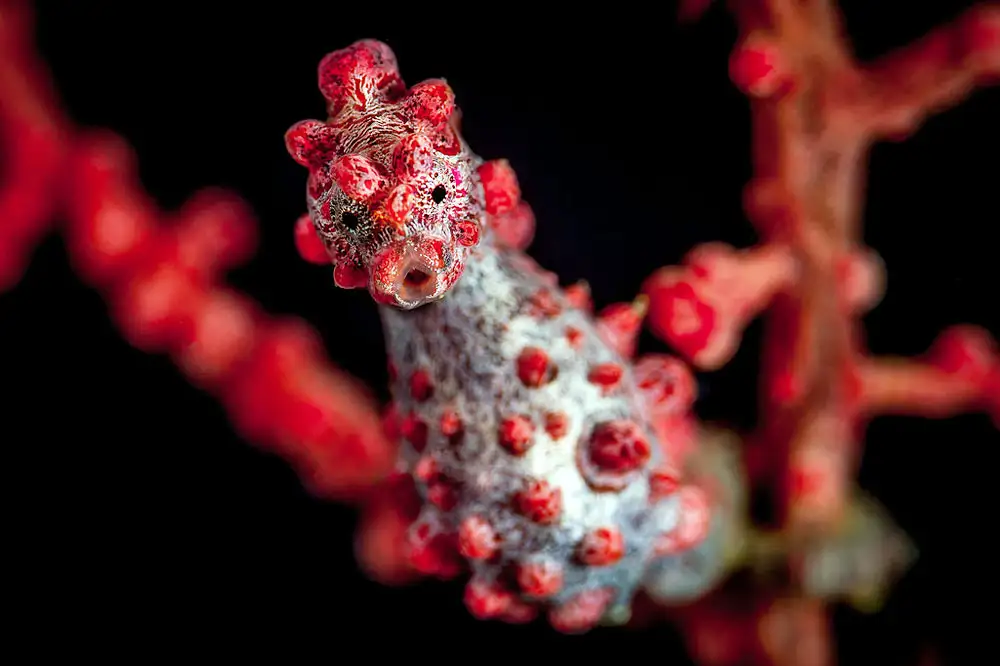
Pygmy seahorses are miniaturised Hippocampus noted for extreme crypsis and male brooding; many live on gorgonians.The pygmy seahorse, measuring about one centimeter in length, is also known as the dwarf seahorse. Its observed body colors include red, gray, yellow, and white, and it varies depending...
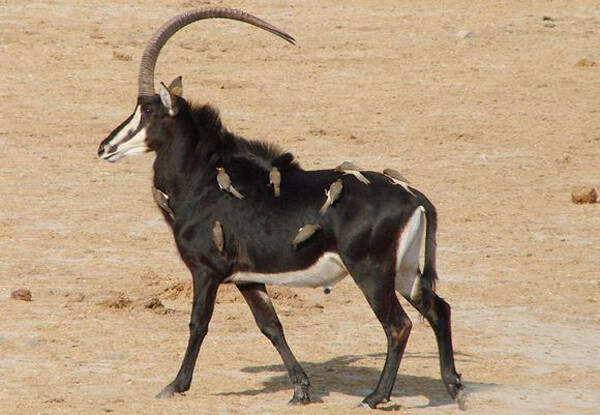
Sable Antelope (scientific name: Hippotragus niger) is also known as Sable Antelope in English. There are 5 subspecies.Sable Antelope populations usually have 30-75 females and young antelopes in good habitats. They are led by 5 male antelopes. The herd will be divided into several small groups duri...
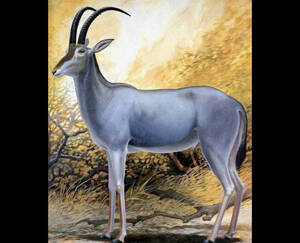
The scientific name of the bluebuck is Hippotragus leucophaeus, and its foreign name is Bluebuck. It is an extinct antelope and the first large mammal to disappear in Africa. They are close relatives of the black antelope and the black antelope, but are slightly smaller.Like the antelope and black a...

The scientific name of the Hippotragus equinus is small groups living in plains and shrub areas. It is closely related to the sable antelope (H. niger) and the extinct blue scimitar-horned antelope (H. leucophoeus). It feeds on the fresh and tender parts or leaves of plants. The favorite grasses of...
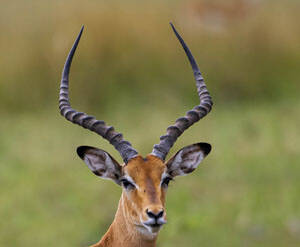
Impala (scientific name: Aepyceros melampus) is also known as Impala and Common Impala in foreign languages. There are 6 subspecies.Impalas live on grasslands and thick bushes. They do not migrate and like to live in groups, usually between 15 and 60. The size of the herd forms a certain social stru...
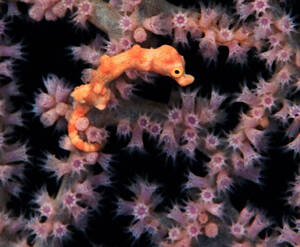
Denise's Pygmy Seahorse, also known as Denise's Pygmy Seahorse in English, is a fish of the Syngnathidae family and the genus Hippocampus.The Dennis pygmy seahorse was discovered in Indonesia by Sara Lourie, a graduate student at McGill University in Montreal, Canada, and co-authored with Dr...

The Latin name of the big-bellied seahorse is c (Lesson, 1827), also known as the puffy-bellied seahorse, which is one of the species of the genus Hippocampus in the order Acanthopterygii of the class Actinopterygii and the family Syngnathidae. It is the largest of all known seahorses.The big-bellie...

The hippopotamus actually has a cousin that is nearly ten times smaller than it - the pygmy hippopotamus. It looks like a hippopotamus that is ten sizes smaller. People who are not familiar with the pygmy hippopotamus would definitely think that the pygmy hippopotamus is a hippopotamus cub.The pygmy...
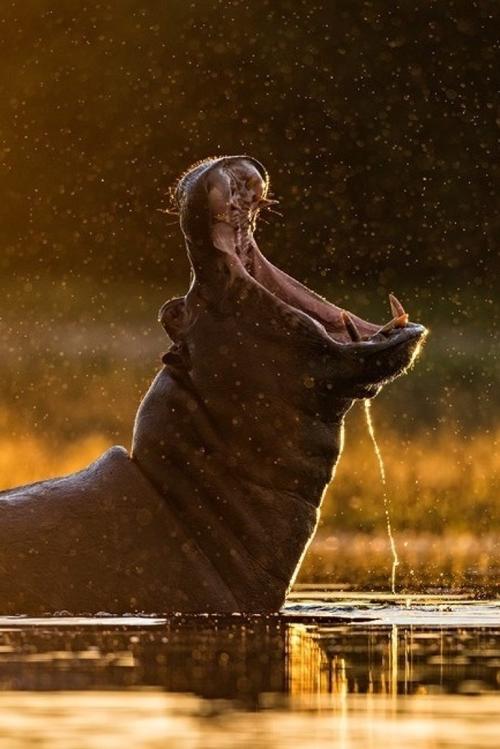
Hippopotamus are large herbivores second only to elephants and rhinos in size, and are also very ferocious. Hippopotamus have hairless bodies, short and clumsy limbs, wide mouths with sharp tusks. Hippopotamus' eyes, external ears and nostrils are all exposed and protruding....

Table of ContentsIntroduction: Why Compare Crocodiles and Hippos?Physical Characteristics: Size, Weight, and AppearanceTable: Crocodile vs Hippo Physical ComparisonStrength ComparisonBite ForceSpeed on Land and in WaterBehavior and AggressionTerritorial NatureHunting vs. DefenseInteractions in the W...
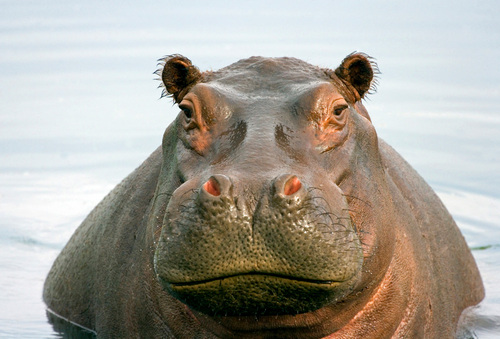
When we think of animal sounds, we often envision roars, howls, or chirps. However, one sound that might surprise you is the fart. Some animals are known for producing remarkably loud and even impressive flatulence. In this article, we will explore which animal holds the title for the loudest fart,...
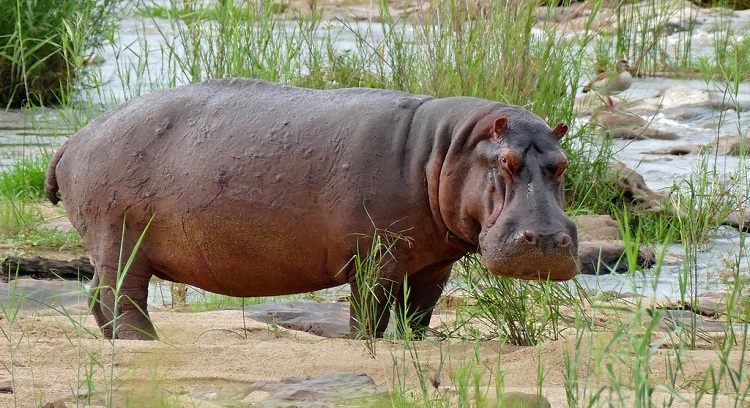
The hippopotamus, often simply referred to as a hippo, is one of the most fascinating and unique animals on the planet. Known for its massive size and semi-aquatic lifestyle, many people are left wondering: Is a hippo a land animal? In this comprehensive article, we’ll explore the lifestyle of hipp...
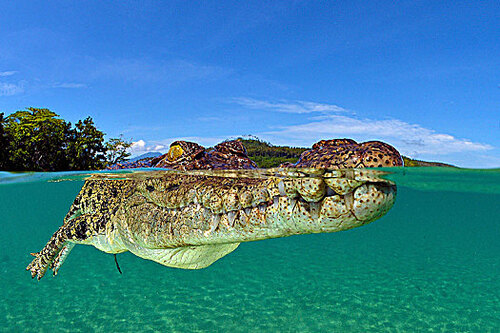
In nature, the strength of bite force is one of the key characteristics of animal survival, especially for predators, a strong bite force means better hunting ability and the advantage of protecting themselves. Bite force is usually measured in Newtons (N), which represents the force exerted when th...

In nature, many animals seem harmless, but they may be "murderers" that threaten human life. When we mention "animals that kill the most people", we usually think of large beasts, such as lions, tigers or sharks. However, the fact is that many animals that do not look dangerous a...

Hippos are primarily herbivores, but they occasionally eat meat. Here is a detailed introduction to hippopotamus's eating habits:Hippopotamus's main foodPlant-based: Hippos' diet consists mainly of aquatic and terrestrial plants. They are mainly active at night, foraging near water and o...

Hippopotamus are herbivorous animals, they mainly feed on plants. The following is a detailed introduction to the hippopotamus’ eating habits:Aquatic plants: Hippos mainly feed on aquatic plants, including aquatic plants, algae and other aquatic plants. They usually forage in water or shallow areas...

Hippopotamus are herbivorous animals that mainly feed on plants. The following is a detailed introduction to hippopotamus diet:Plants: Hippos mainly feed on a variety of plants, including aquatic plants, herbs, aquatic plants and terrestrial plants. They like to eat grass, leaves, branches, aquatic...
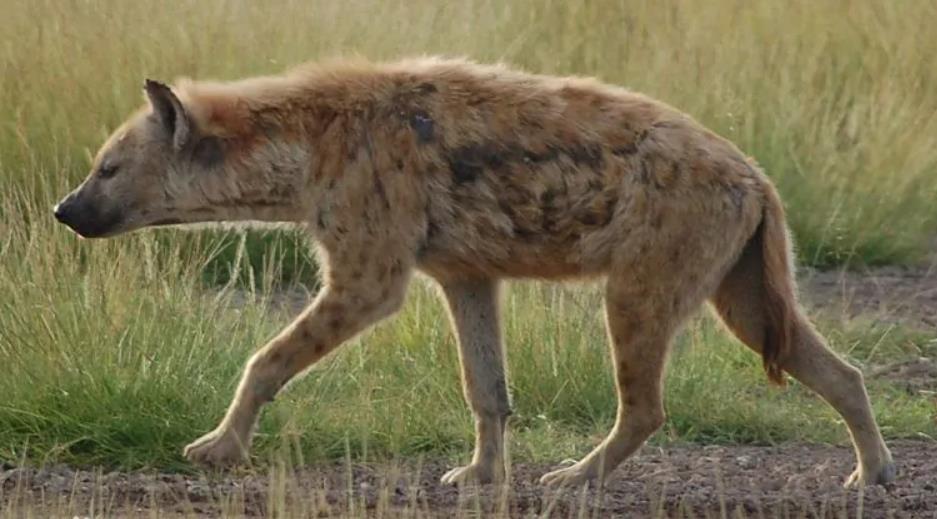
1、African elephantAfrican elephants are the largest land mammals, and males and females are dimorphic (both sexes differ in shape or physical characteristics). An adult African male elephant is taller than 3.5 meters, and can reach up to 4.1 meters. Weighing approximately 2.7 to 6 tons, females are...

"Natural enemy" refers to another animal in nature that can hunt other animals and use it as its main food source. These animals often pose a serious threat to their prey and are therefore called "natural enemies". Natural enemies are an important component that exists in various ecosystems a...

1. African Elephant The African elephant is the largest mammal on land. Male and female are dimorphic (male and female have different body shapes or physical characteristics). An adult African male elephant is taller than 3.5 meters, and can reach up to 4.1 meters. Weighing approximately 2.7 to 6 tons, females are smaller than males, with the heaviest recorded being 13.5 tons. They can live in a variety of natural environments from sea level to 5,000 meters above sea level, including forests, op...